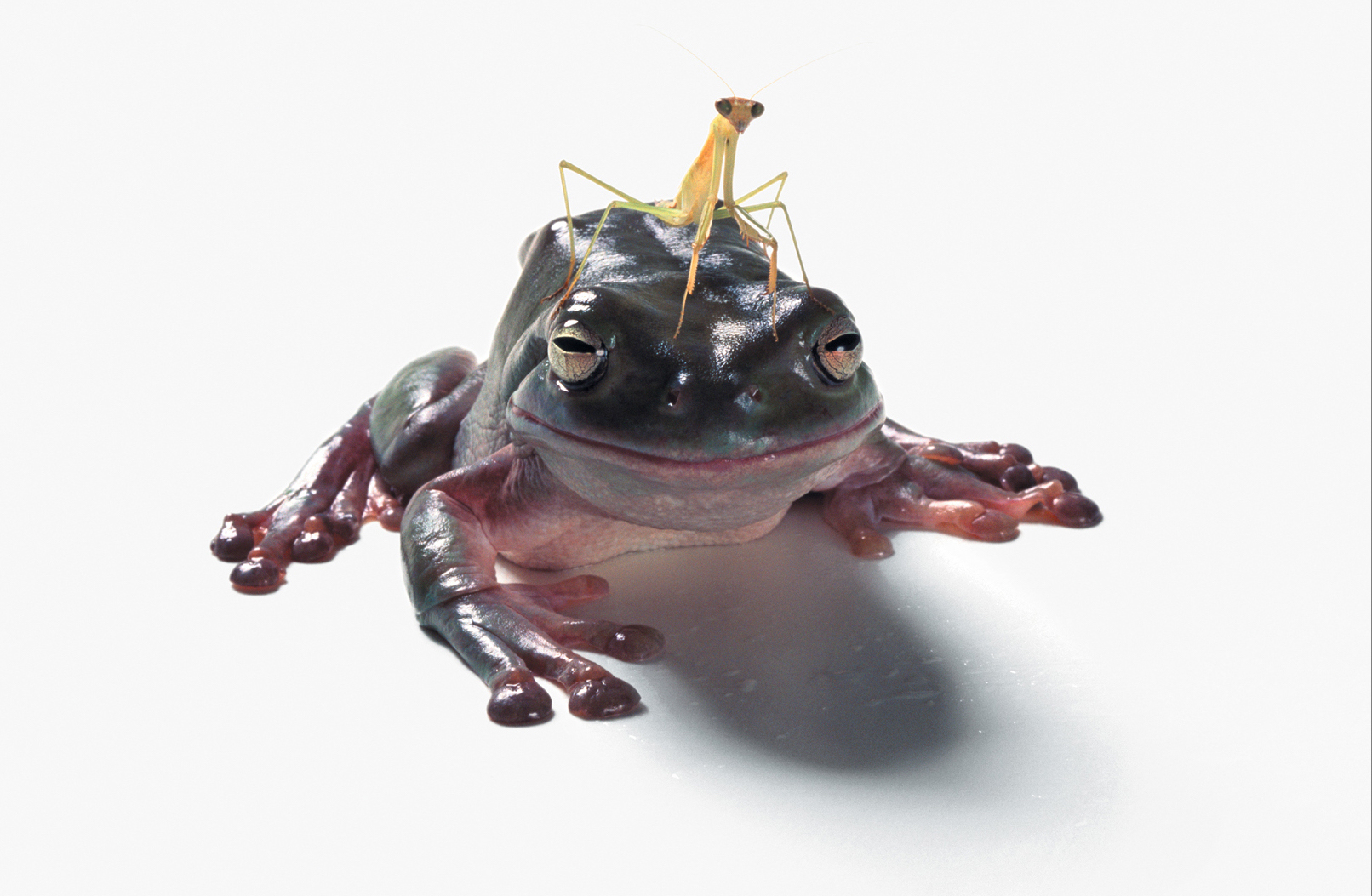Catherine Chalmers is best known for her work documenting insect life cycles. Death does not faze the artist; indeed, she often photographs the consumption of insects and animals. Predator versus prey, Chalmers would put them side by side and picture the inevitable [3]: a caterpillar nibbling its way through a tomato, a praying mantis consuming the caterpillar, and then to finish it off, a toad eating the praying mantis. Her other works, like Pinkies (1995-1999), are similar in the appreciation of this dark inevitability of life. Chalmers has claimed her work gives off the rawness and complexity of the world around us. The artist states, “My work aims to give form to the richness, as well as the brutality and indifference that often characterize our relationship with animals. My ultimate wish is to broaden the cultural significance of the non-human world.” [2]
[1] Michael L. Sand, “Interview with Catherine Chalmers,” in Food Chain: Encounters Between Mates, Predators, and Prey, ed. Michael L. Sand (New York: Aperture, 2000).
[2] Alison Stevenson, “Photographs of Animals Eating Each Other,” Vice.com, July 14, 2014, https://www.vice.com/en_us/article/xd54zd/catherine-chalmers-food-chain-714.

